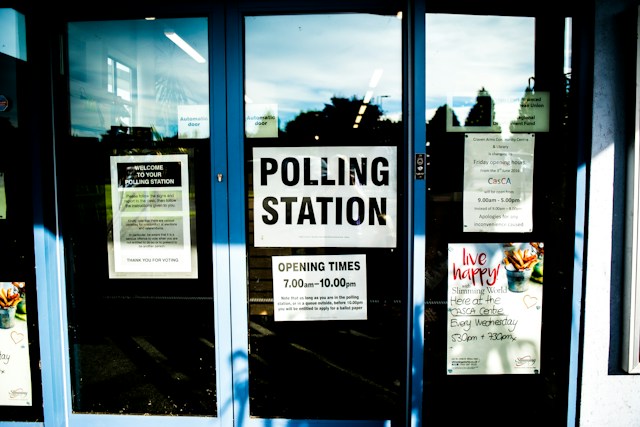2024 is a record year for elections, with more than 40 countries, representing more than 40% of the world’s population (and a much higher proportion of global GDP), going to vote. At any time, elections can be at risk of interference – either from internal malicious actors or other states – however the development of generative AI has made it easier for these threats to occur.
The increasing accessibility of generative AI has made it easier than ever for people to develop deepfakes. That is, images, audio or videos that are manipulated or altered to create convincing fake content. A common example is videos that replace one person’s face with another, such as in the case of the deepfake of Tom Cruise. This type of deepfake is generally fun and does little harm. However, they can be created for more sinister reasons, such as tricking someone into thinking they are talking to a person they know and trust.
Deepfakes pose a threat to democratic elections
This has become a problem for countries holding elections this year as there is concern that deepfakes could be used to manipulate voters. There have already been examples of this in the US. Earlier in January, the attorney general of New Hampshire announced it was investigating possible voter suppression after complaints that people had received robocalls from an ‘artificially generated’ voice in the likeness of Joe Biden, telling them not to vote in the state’s presidential primary. This, of course, could have major implications for democracy across the world, and could erode trust in government institutions.
Deepfake audio is particularly dangerous as it can be harder to detect that video, with fewer cues to rely on. In deepfake video, glitchy imagery or unnatural movements can give them away. With just the one sense to rely on, it can be easier to be fooled.
Tackling the spread of deepfakes
As technology improves, it will become more difficult to tell deepfakes from the truth. This is something that governments are acutely aware of and are investing in combating. As individuals, there are things you can do to help avoid, and prevent the spread of, deep fakes. Most importantly, always verify the source of your information to check whether it is trustworthy or not.
